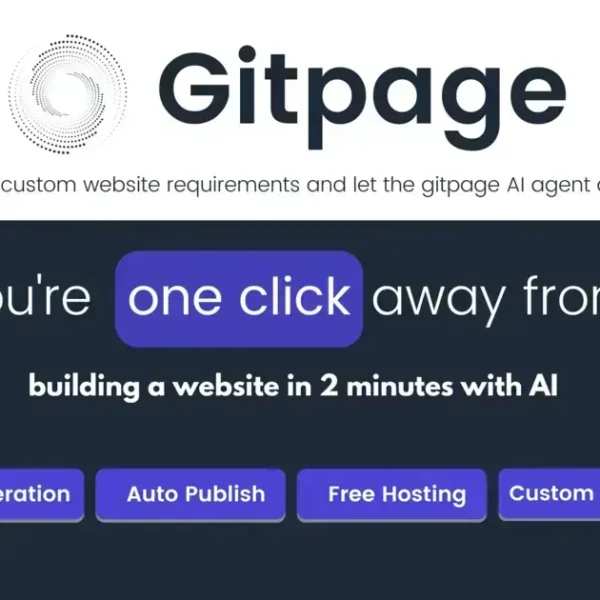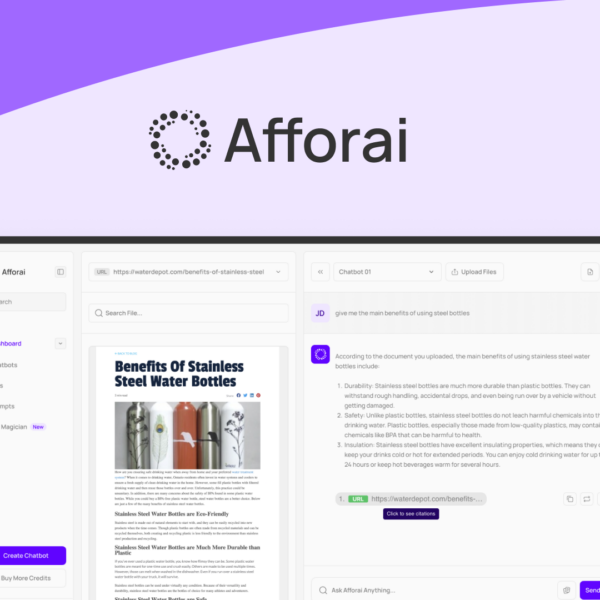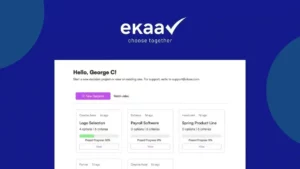Are you considering a SaaS product with a lifetime deal? It can be a fantastic investment if you do your homework first! Dive into our guide to discover how to make informed choices.
Research the Developer and Company
When considering a SaaS product, researching the developer and their company is crucial. You want to ensure they have a solid reputation. Look for customer reviews online and check their social media presence. Engaging with customers on these platforms can show you how responsive they are.
Check Company History
Look into how long the company has been around. A longer history often means more experience in the field. You can track their growth by reviewing past software releases. This can tell you if they consistently improve their products.
Understand Their Mission
Each company has a mission statement. This tells you what they value and their goals. A strong mission can indicate that they are committed to their customers and the quality of their software.
Review Their Customer Service
Good customer service is key for any SaaS product. Check if they offer support via chat, email, or phone. Quality help when you need it makes a big difference.
Look for Transparency
Transparency shows how trustworthy a company is. They should be open about pricing, features, and updates. Try to find their terms of service and privacy policies, as these documents share important information about how they handle your data.
Community Involvement
A company that engages with its community often cares about its customers. Look for their presence in forums or industry events. If they are active, it may reflect positively on their willingness to listen and improve.
Check Recent Features Released

Checking the recent features released by a SaaS company is important. This shows how active they are in improving their software. You want to see new updates often, as this means they care about making the product better.
Find Latest Updates
Most companies have a section on their website for updates. Look for a blog or news section. Here, they share information on what’s new and what’s coming next.
Explore Feature Lists
They may also provide a list of features. Check if these match your needs. Knowing what the software can do helps you make better decisions.
Read User Feedback
User feedback is valuable. Search online for reviews on the latest features. See what real users think. Positive feedback can mean you’re making a good choice.
Look for Roadmaps
A roadmap shows planned future features. It gives you an idea of where the company is headed. If they have exciting plans, it can be a sign of growth.
Attend Webinars or Demos
Some companies hold webinars to showcase new features. These can be a great way to see the software in action. They often allow for questions too. Don’t miss this chance to learn more!
Review Their Roadmap for Future Updates
Reviewing a company’s roadmap for future updates is key when considering a SaaS product. A roadmap shows you what new features or improvements are planned. This helps you understand the company’s direction and commitment to growth.
Find the Roadmap
Many companies provide a roadmap on their website. Look for a section labeled “Roadmap” or “Future Plans.” This section often highlights upcoming features and timelines.
Understand the Features
The roadmap includes details about new features. Read through them to see if they match your needs. Features that align with your goals can enhance your user experience.
Assess the Timeline
Pay attention to the timeline for updates. Companies that regularly update their software show they care about their products. A clear timeline helps you know when to expect changes.
Look for User Input
Some roadmaps allow for user feedback. Check if you can suggest features you’d like to see. Being involved in the process can make you feel valued as a customer.
Monitor Updates Regularly
Keep an eye on the roadmap after you start using the product. Regular updates indicate the company is active and listening to user needs. This can give you confidence in your choice.
Communicate with Their Support Team

Communicating with a company’s support team is vital when using SaaS products. Good support can make your experience smoother. Before purchasing, try reaching out to see how they respond.
Check Support Channels
Find out what methods are available for support. Companies often offer chat, email, and phone options. Multiple channels give you flexibility in how to get help.
Test Response Times
Send a message through their support channel. Notice how quickly they respond. Quick replies usually indicate that a company values its customers.
Ask Questions
Don’t hesitate to ask questions. You can inquire about features, pricing, or issues you face. Their responses give you insight into their knowledge and willingness to help.
Read Customer Reviews
Look for reviews that mention customer support. See if users were satisfied with the assistance they received. Positive feedback can boost your confidence in the company.
Warranty and Support Policies
Check if they have clear warranty and support policies. Understanding these details can help you know what to expect in case you need help after buying.
Assess Your Current Needs and Future Goals
Assessing your current needs and future goals is important when choosing a SaaS product. Knowing what you need now helps you make a wiser decision. Think about what your business currently requires and what you might need down the road.
Identify Current Challenges
Start by listing any challenges your team faces. This could be anything from time management to data analysis. Understanding these problems will guide your software choice.
Set Clear Goals
What do you want to achieve in the coming months or years? Set clear goals for your team. This could include improving sales, increasing efficiency, or enhancing customer support.
Evaluate Software Needs
Based on your challenges and goals, think about what features you require. Do you need project management tools, reporting features, or communication options? Make a list of these needs.
Plan for Growth
Your needs may change as your business grows. Consider how flexible the software is for future changes. A scalable solution can easily adapt to your company’s growth.
Seek Feedback from the Team
Involve your team in the assessment process. They can provide valuable insight into their needs and how software can help. Understanding their perspective can lead to better software choices.




